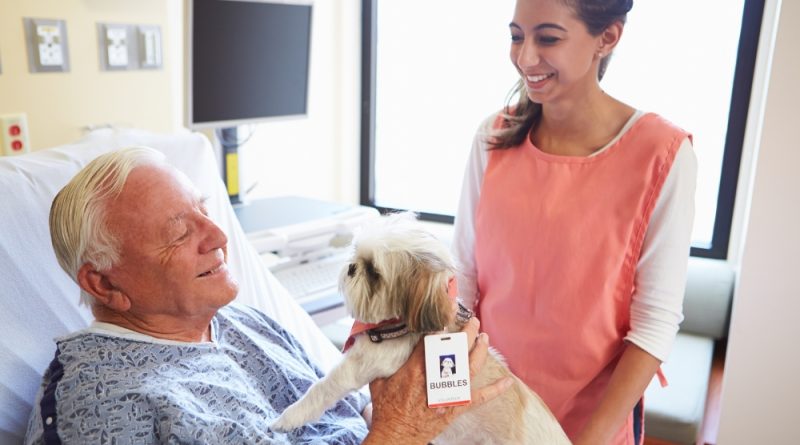Therapeutic Dogs – The Power of Emotional Support from Pets
The Loyalty of Dogs
Dogs have long been considered man’s best friends, but they are more than just loyal companions.
Over the years, we have learned more and more about the healing power of dogs, especially when it comes to providing emotional support for humans.
The use of dogs for therapy is an evolving and proven practice that offers significant benefits for people of all ages and emotional conditions.
In this article, we explore the positive impact dogs can have as therapists and how they can provide invaluable emotional support to those in need.
The bond between humans and animals
Humans have had a special connection with animals since ancient times.
Dogs, in particular, are known for their ability to form deep and meaningful bonds with their owners.
This human-animal bond is built on trust, unconditional love, and mutual support.
For many people, dogs are a source of comfort and joy. They always listen without judgment, offer love, and alleviate stress and anxiety.
Reducing stress and anxiety
The presence of a dog can be calming and relaxing. Research shows that interacting with dogs releases feel-good hormones such as oxytocin and reduces the production of the stress hormone cortisol.
This emotional connection is the foundation of animal-assisted therapy, where dogs are used as part of therapy to improve people’s emotional well-being.
This significantly reduces stress and anxiety, making people feel calmer and more relaxed.
In therapeutic environments, dogs are used to assist patients suffering from post-traumatic stress disorder, anxiety, depression, and other emotional conditions.
The presence of dogs helps create a safe and welcoming environment where patients can freely express their feelings and share their experiences.
Increased happiness and overall well-being
Interacting with dogs can significantly improve people’s overall sense of well-being and happiness.
Dogs are social and playful animals that love being with people and engaging in fun activities.
This positive interaction can elevate mood and provide moments of joy and fun for those involved in animal-assisted therapy.
For older adults, for example, having a dog as part of a treatment program can help them combat loneliness and social isolation, provide meaningful connection, and bring more joy and enthusiasm into their lives.
Stimulating communication and social interaction
For many people, especially those with communication difficulties or social interaction problems, dogs can be a bridge to interacting with others.
Dogs are non-judgmental animals, creating a safe environment for people to communicate and interact without fear of rejection or judgment.
In therapy involving dogs, patients are encouraged to connect with the animals, whether by petting, playing, or even training them.
This interaction with dogs can help develop communication skills and improve people’s social skills, making it easier for them to interact with other humans.
Emotional support for children
Children also benefit greatly from animal-assisted therapy with dogs.
For children going through tough times, such as trauma, parental divorce, bullying, or emotional issues, dogs can be a comforting source of support.
The presence of a dog in a therapy environment can help calm the child and provide a sense of security.
Additionally, interacting with dogs can help children express emotions and develop problem-solving skills.
Canine therapy in clinical and hospital settings
Animal-assisted therapy for dogs has been used in a variety of clinical and hospital settings, including hospitals, rehabilitation clinics, nursing homes, and mental health treatment centers.
Having a dog in the hospital can help improve the patient’s mood, reduce pre-operative anxiety, and alleviate discomfort and loneliness during hospitalization.
In pediatric hospitals, dogs are especially useful in providing emotional support to children, making the hospital experience less frightening and more enjoyable.
If you enjoyed our article “Therapeutic Dogs – The Power of Emotional Support from Pets,” don’t forget to share it with your contacts and leave your comments.
We also recommend that you follow related articles so you won’t miss any interesting content. Enjoy the reading!




